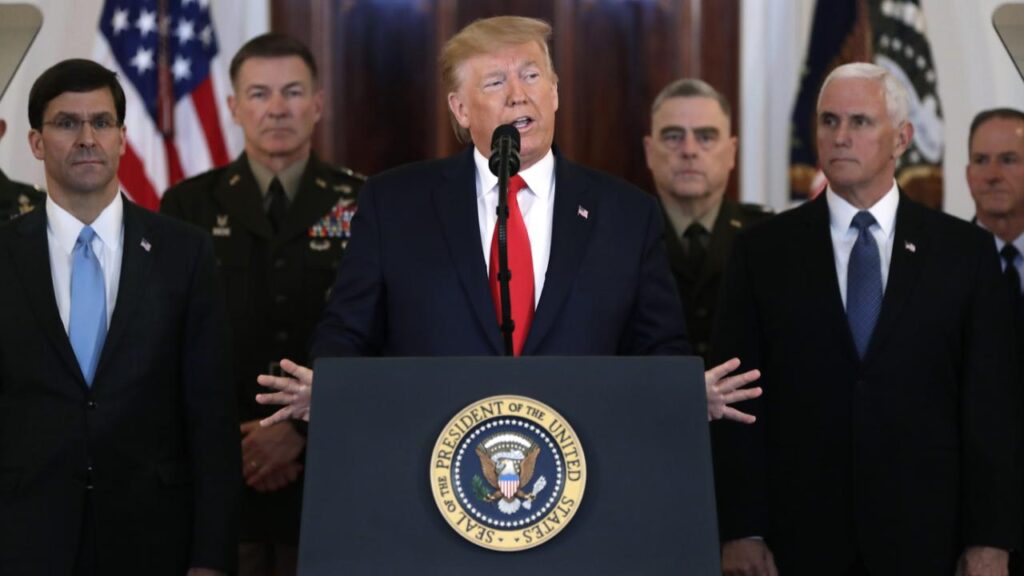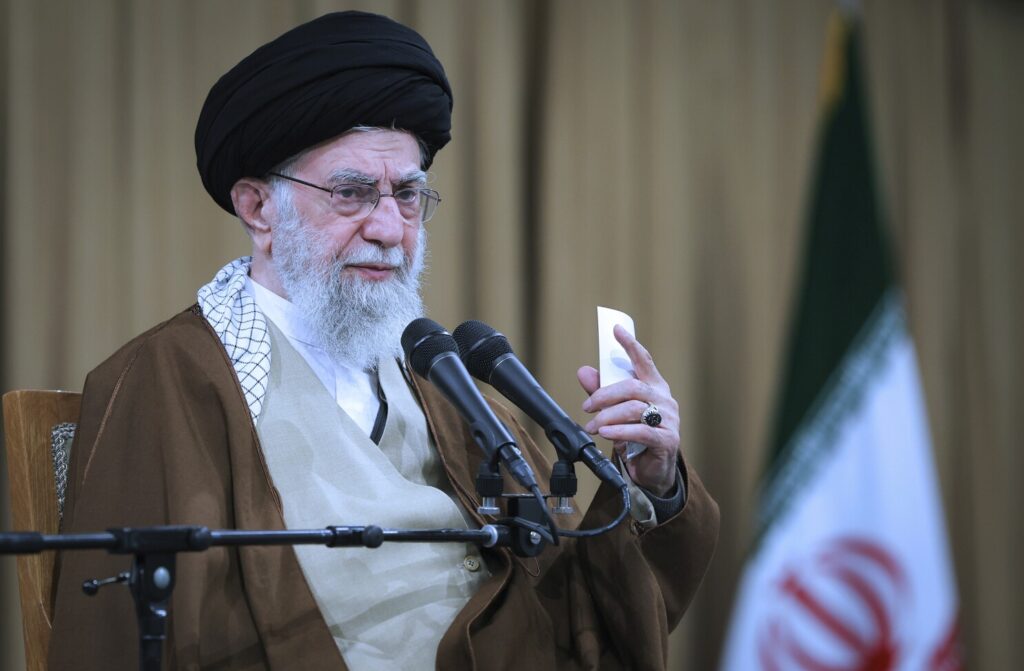As tensions spiral in the Middle East, former President Trump is reportedly inches away from authorizing a U.S. strike on Iran’s fortified Fordow nuclear facility—yet still hesitates, wary of plunging America into another regional war. In this article, we unpack Trump’s evolving calculus, the capabilities (and limits) of bunker-buster weaponry, the diplomatic forks in the road, regional tremors, and what this all could mean for global stability.

Trump Inches Toward War
Right now, Trump is hovering at the brink—poised between war and diplomacy. His strategic ambiguity is meant to corner Iran, but it carries immense risks: regional war, American casualties, economic shocks—and an international blowback that could erase any intended gains.
What’s Driving Trump’s Hesitation?
Trump’s fascination—and tension—centers on the Massive Ordnance Penetrator (MOP), a 30,000-pound “bunker buster.” U.S. military experts affirm it can damage Iran’s Fordow site, but only if part of an integrated operation. Some Pentagon insiders warn that a conventional bomb might only delay Iran’s nuclear ambitions by months. Trump has reportedly mobilized a Situation Room review to assess real-world efficacy over mere explosive power.
Strategic Calculus: Risk vs. Reward
Trump’s approach combines blunt threats and hedged bets. He’s demanded Iran’s “unconditional surrender” while flirting with diplomacy—Iran’s Supreme Leader rejected that outright. Trump’s refusal to commit—“I may do it, I may not do it” —adds strategic ambiguity, he reasons, to pressure Tehran.
But resistance is growing hardliners like Steve Bannon warn infiltration could fracture the GOP base . Allies, like Russia and China, have cautioned that U.S. strikes could propel the region “millimeters” from nuclear catastrophe.

Regional Fallout & Possible Retaliation
Iran has already launched missile and drone attacks on Israel, prompting a swift Israeli counterstrike against nuclear targets in Natanz and Isfahan. Tehran’s warning is clear: enter the fray and expect “all‑out war” with retaliation targeting U.S. forces, Gulf shipping, and energy flows through the Strait of Hormuz. With U.S. forces numbering around 40,000 in the region, any attack risks serious blowback.
Diplomacy Still on the Table?
Despite the escalatory messaging, Trump’s team reportedly engaged in backchannel talks. Envoy Steve Witkoff communicated directly with Iranian Foreign Minister Abbas Araghchi—signaling a diplomatic “off-ramp” still alive. Yet a White House memo shows Trump approved strike plans while postponing activation pending Iran’s reaction.
Bottom Line
Trump’s posture is a mix of hardball negotiating, media bravado, and cautious restraint. The threats are real, the arsenal is deadly—but execution hinges on whether Iran caves, how military planners assess risk, and whether domestic and global safeguards temper the rush to action.
I’ve seen how quickly regional instability can explode—and this feels like one of those crossroads moments.
FAQs
Is a strike on Fordow imminent?
Not exactly. Trump has approved plans, but hasn’t ordered execution. He’s waiting to see if Iran gives in—everything could pivot in the next few days .
Would a conventional strike be enough to destroy Fordow?
Experts say no. Conventional bunker-busters might delay Iran’s nuclear program by only months. Destroying deeply buried targets may require tactical nukes—off the table for now .
What’s the likely Iranian response?
Iran has pledged strong retaliation: ballistic missile strikes on U.S. troops, disruption of shipping in the Strait, plus cyber and proxy attacks across the Gulf region.






